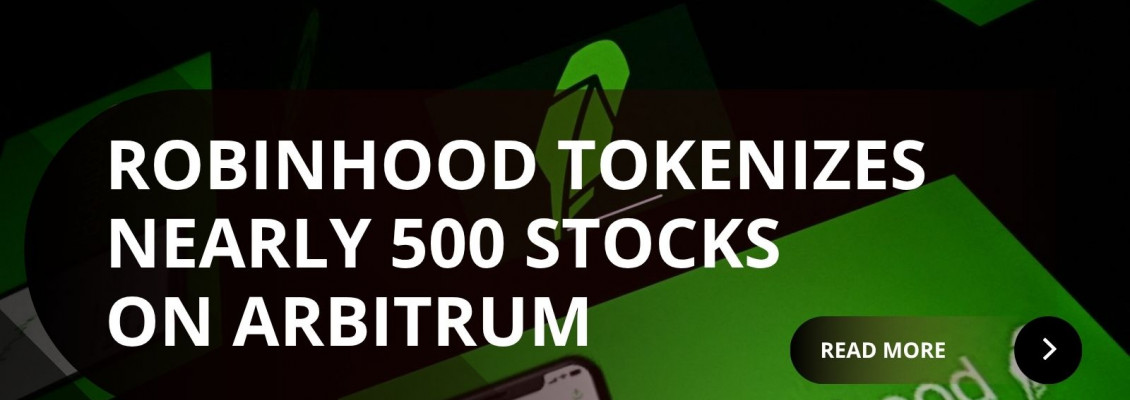
Robinhood has taken another big step into the world of blockchain by expanding its tokenization efforts. The platform has now tokenized nearly 500 U.S. stocks and ETFs, with a total value of more than $8.5 million. Minted tokens have already reached over $19 million in volume, with around $11.5 million worth burned.
The program initially launched in mid-2025 for European customers, using the Arbitrum layer-2 blockchain. Now it is scaling rapidly as Robinhood pushes to become a leader in real-world asset tokenization.
Key features
-
Stock tokens mirror the price movements of the underlying securities but do not provide direct ownership rights such as voting or shareholder privileges.
-
The tokens are issued on Arbitrum, with Robinhood also planning to launch its own Layer-2 blockchain in the future.
-
European users benefit from low-fee trading, extended hours with 24/5 availability, and in some cases dividend payouts in tokenized form.
Why it matters
-
Investor access – Tokenization allows global users to gain exposure to U.S. equities and ETFs that might otherwise be hard to reach.
-
Merging crypto and traditional finance – Bringing stocks onto blockchain rails enables faster settlement, fractional ownership, and broader reach.
-
Infrastructure shift – By using Arbitrum and building its own blockchain, Robinhood is laying the groundwork for large-scale tokenized finance.
-
Regulation and risk – The tokens do not carry full shareholder rights, raising questions about regulation, investor protections, and long-term adoption.
What to watch
-
The rollout of Robinhood’s own Layer-2 blockchain and its impact on 24/7 trading.
-
Expansion beyond the initial 493 tokenized assets.
-
Regulatory responses in the U.S. and Europe as tokenization of equities gains attention.
-
How liquidity, pricing, and adoption of these tokenized assets evolve compared to traditional stocks.
Bottom line
Robinhood’s move to tokenize hundreds of U.S. stocks and ETFs represents a bold push into the fusion of traditional finance and blockchain. While it opens exciting opportunities for accessibility and innovation, the approach is still new and comes with unanswered questions. This could mark the start of a new era in investing, where traditional assets trade seamlessly on blockchain rails.

Leave a Comment